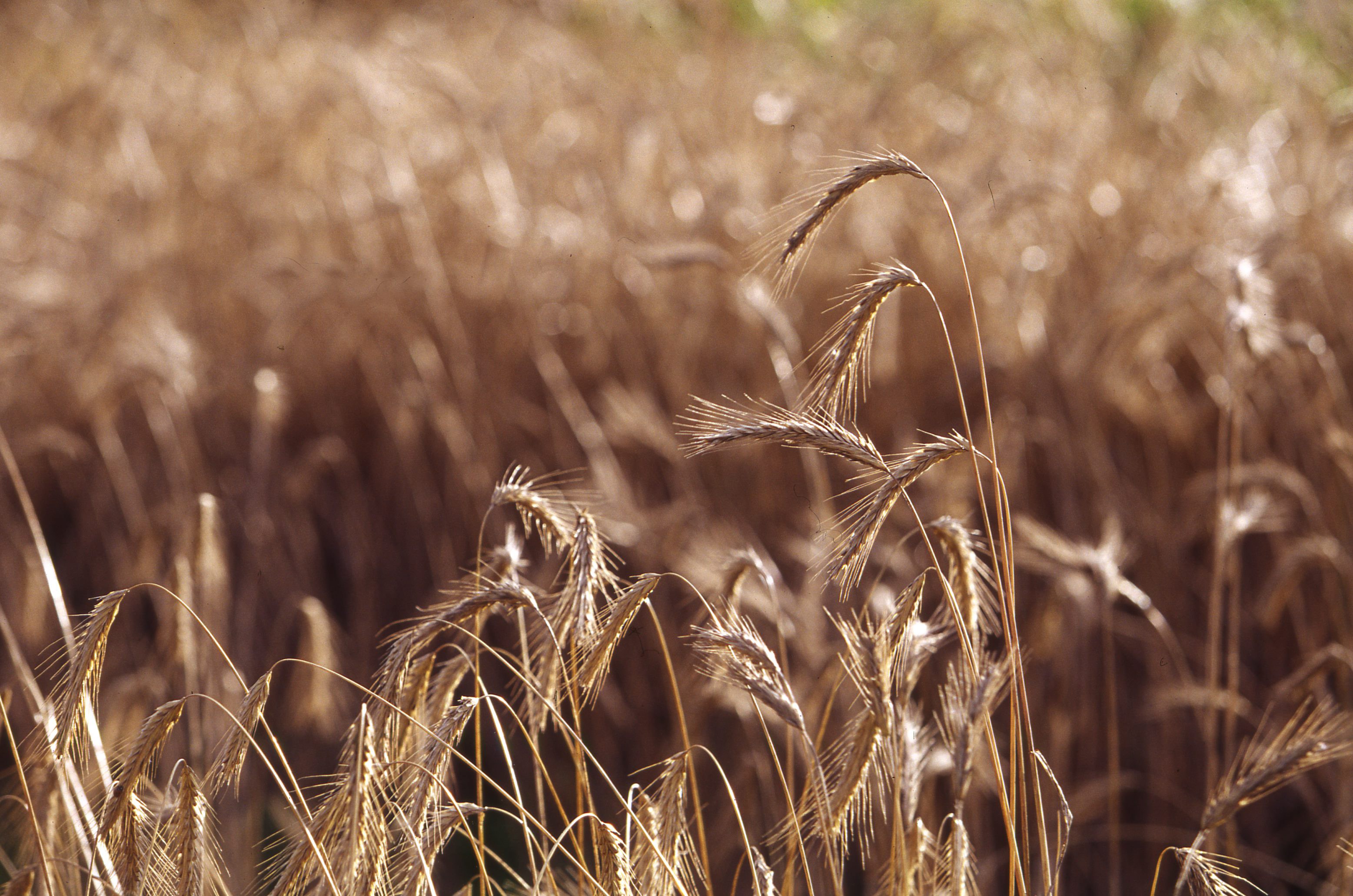Clean soil
Finland’s bedrock is 3000 to 15000 million years old, amongst the oldest in the world. The soil was formed in the Ice Age and later. During the Ice age, Finland was covered by two to three kilometre thick continental glacier. Nowadays the most common soil is moraine in the form of gravel, sand, silt, fine sand and clay. Finland’s main arable land is moisture-retaining and rich, fine sand, silt and clay soils.
Finnish soils are clean in comparison with heavy metal concentrations elsewhere in Europe. Some of the metals are naturally part of a region’s soil. In industrialised regions, the concentrations are also related to emissions to air from industrial plants. So clean air contributes to ensuring the cleanliness of the land.Concentrations of many elements in Northern European soil (e.g. As, Cd, Co, Cu, Mn, Pb) are significantly lower than in the southwestern and southern parts of Europe.

Low pesticide use
In 2015, the volume of pesticides sold for agri-cultural use in Finland was among the lowest per hectare in Europe. Pesticide use is proactive and well-controlled. Food farmed in Finland contains very small quantities of pesticide residues compared to that of many other European countries. Food quality is ensured by sampling, and the samples are collected in accordance with EU standards mirrored by Fin-land’s own sampling plan.